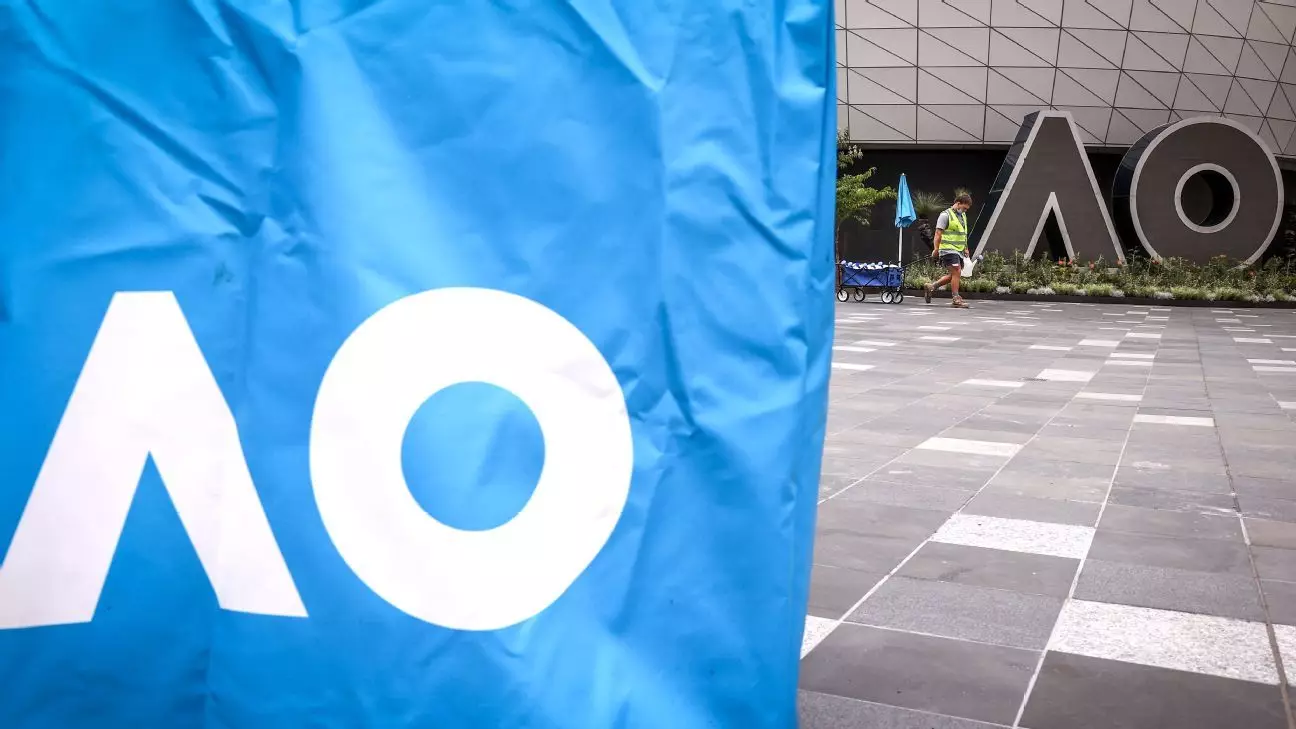The upcoming Australian Open is set to showcase the exciting emergence of pickleball, a sport that has captivated audiences across the globe. A unique blend of tennis, badminton, and table tennis, pickleball has gained an unprecedented following since its inception in 1965. Originally conceived by a group of friends in the United States, the sport is played on smaller courts with a lightweight, perforated plastic ball. With an impressive prize pool of $100,000, the inaugural AO Pickleball Slam is poised to attract a diverse pool of competitors, providing an exhilarating experience for sports enthusiasts.
Pickleball’s explosive growth is evident not only in participation rates but also in its increasing visibility at major sporting events. According to the United States’ National Sporting Goods Association, the sport has seen a staggering 52% rise in participants over the past year alone. With this exponential growth, it’s no wonder that global tournaments are beginning to incorporate pickleball into their programming. The AO Pickleball Slam, taking place from January 24-26, 2024, will position Melbourne Park as the epicenter of this viral sport, further elevating its status on the international stage.
A Vision for Inclusivity
Tennis Australia’s Chief Tennis Officer, Tom Larner, emphasized the sport’s inclusivity, stating, “Pickleball is a sport for everyone, and its rapid growth globally highlights its unique ability to connect people of all ages and backgrounds.” This pivotal aspect distinguishes pickleball from traditional racket sports, presenting opportunities for players of various skills and ages to engage meaningfully. The prospect of fostering community through athletic participation resonates with both veterans of the game and newcomers, ensuring a bright future for the sport.
Controversies Amidst Collaboration
While the cross-pollination of pickleball and tennis at high-profile events is promising, it has also sparked debate among purists. Critics argue that tennis tournaments might be attempting to shield their advertising revenues by merging with this up-and-coming sport. Despite these concerns, pickleball’s momentum continues unabated, buoyed by a dedicated following and ambitious growth plans. The Professional Pickleball Association (PPA) recently announced that it will expand its reach by hosting ranking tournaments in several countries, including Australia and Europe, indicating clear momentum towards a broader international presence.
The sport’s appeal has attracted illustrious names from various domains, ranging from former tennis legends like Andre Agassi and Steffi Graf to major celebrities including LeBron James and Taylor Swift. Their involvement not only amplifies pickleball’s visibility but also illustrates how the sport transcends traditional athletic boundaries, appealing to diverse audiences. With expectations of reaching 40 million players by 2030, as projected by Major League Pickleball, it is clear that pickleball is not just a passing fad but a burgeoning phenomenon that demonstrates the evolving nature of sports.
The Australian Open’s recognition of pickleball as a legitimate contender in the realm of racket sports signifies a critical shift in how sports are viewed in contemporary society. As the world watches Melbourne Park transform into pickleball’s international hub, the hope is that this vibrant sport will continue to foster connections and inspire engagement across generations. With major financial backing, celebrity endorsements, and a dedication to inclusivity, pickleball’s future appears as bright as its rising popularity suggests.

